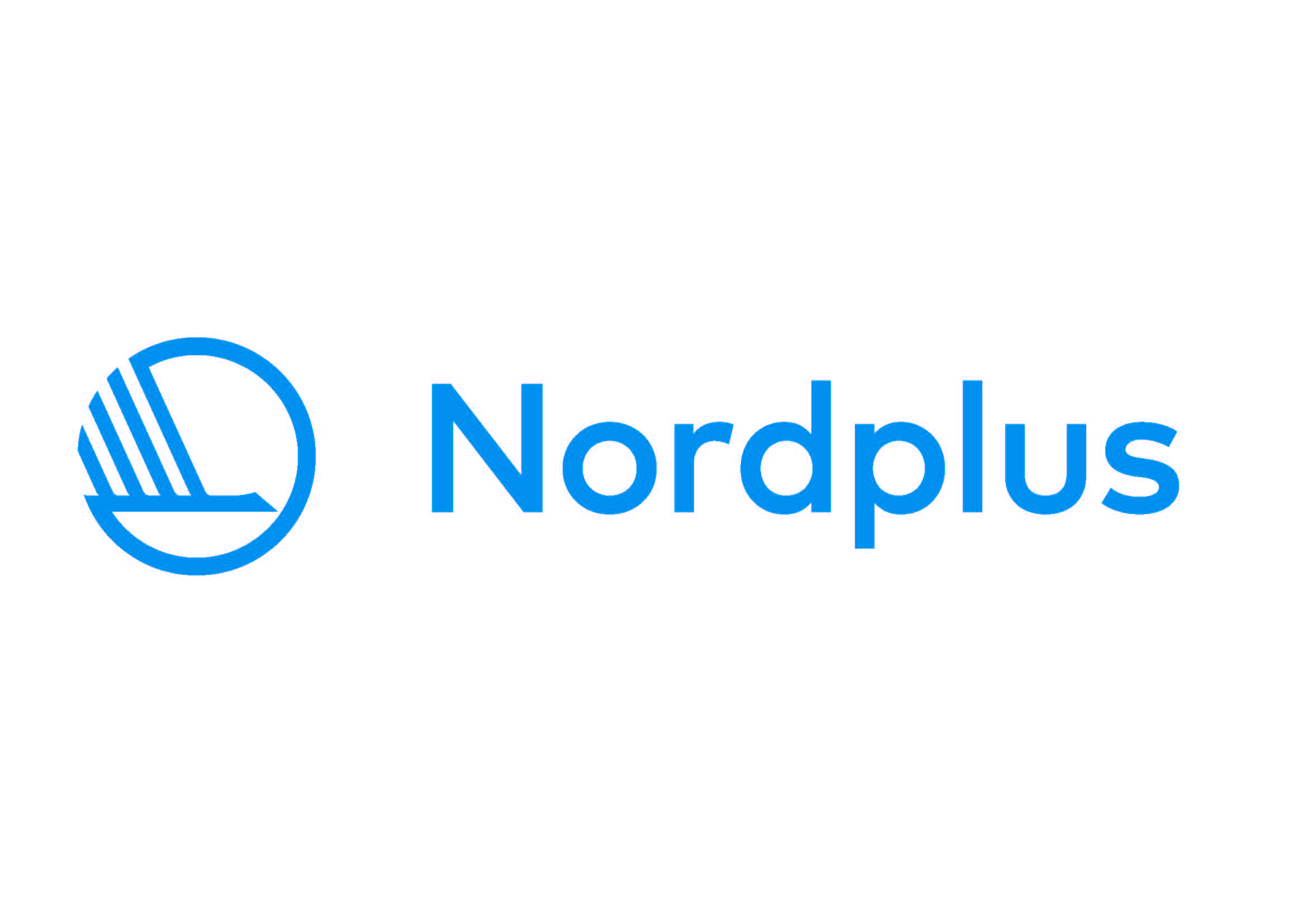Teaching period: 16-17 August 2018
Teacher(s): Paulius Petraitis (aka Paul Paper)
ECTS:1
Number of available place for KUNO students:2
Level: (BA/MA) both
Requirements: This course is meant for photography and visual arts students and those interested in the current technological developments in image-making, as well as their political, social and cultural implications. Applicants are expected to submit a letter of motivation.
Application deadline: May 6 2018
How to apply: Information about application requirements, dates and ECTS are written on the web page of the course https://www.artun.ee/summeracademy/photography-and-image-making/
Course description:
This short course will explore how visual recognition and AI-related technologies are changing the discourse of photography, challenging the traditional boundaries of the medium. Empowered by machine learning, visual recognition systems are entering the sphere of everyday life. From student dorms equipped with facial recognition in China to privately-owned surveillance systems in the US and UK, the technology is being rapidly deployed in a global rise of biometrics. What this transformation – and the resultant streams of endless machine-made images – offers is some innovative ways to think about the practice of image-making.
The course will provide students with the historical background of facial recognition and an opportunity to test and discuss some of the new technological features, as well as ask why and in what ways do these developments matter? Specific attention will be given to some of the problematic aspects of biometric surveillance and various ways artists are using new systems to produce meanings that challenge the dominant political discourse.
Topics to be discussed:
– Visual recognition technology, apps and programmes using it and current development.
– Politics of (technological) vision and machine seeing.
– The historical context of 19th century facial recognition discourse, as well as current research.
– The idea of pre-crime prevention and problematic aspects of biometric surveillance: prejudices in-built in the current systems of facial recognition and the “right to remain anonymous”.
– Artistic series that use – and comment on – current technology and ways of resisting visual identification.
Learning outcomes
The participants
- has an overview of the contemporary discourse of photography
- has an overview of the AI-related and image-making technologies
- has an overview of the current artistic practices which deal with biometrics, image-making and visual identification
Paul Paper is a curator, artist and researcher working at the intersection between technology and various practices of image-making. He co-curated This is It/Now (2015) – the first art exhibition that took place on Snapchat.
He is also the editor of Too Good to be Photographed (Lugemik, 2017) – a publication exploring the intricate relationship between photography and failure through the works of 47 artists. Paul’s experimental photography books are held in various collections including MoMA, MACBA and Met Museum libraries, Design Museum Denmark, Clark Art Institute, Oslo National Academy of the Arts and others.
He is currently editing an upcoming issue of Fotografija magazine, dedicated to exploring how the traditional boundaries of photography are being challenged by AI-related technologies.


